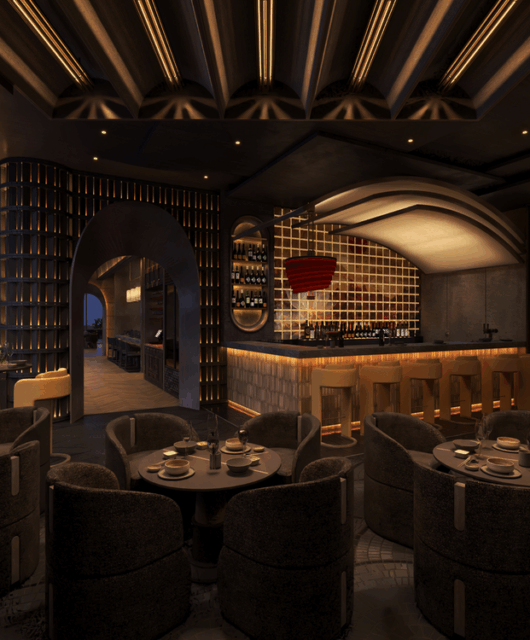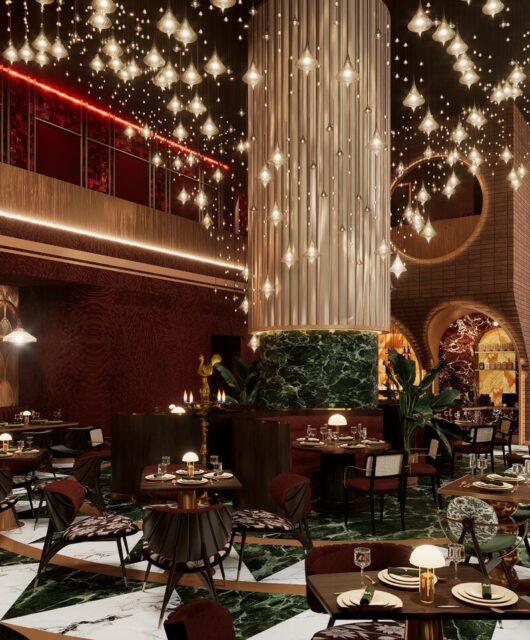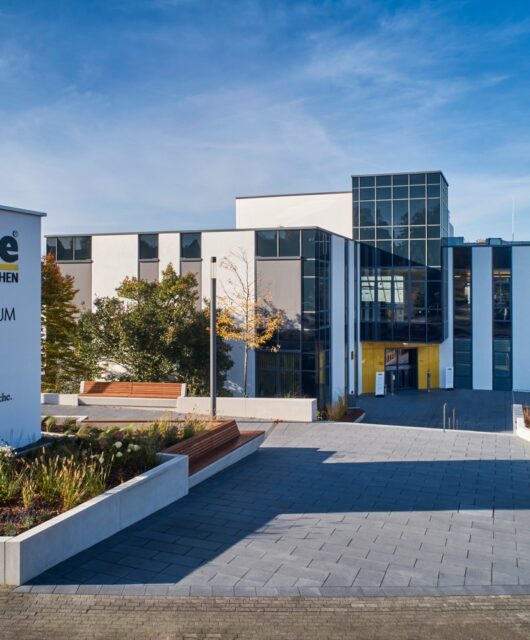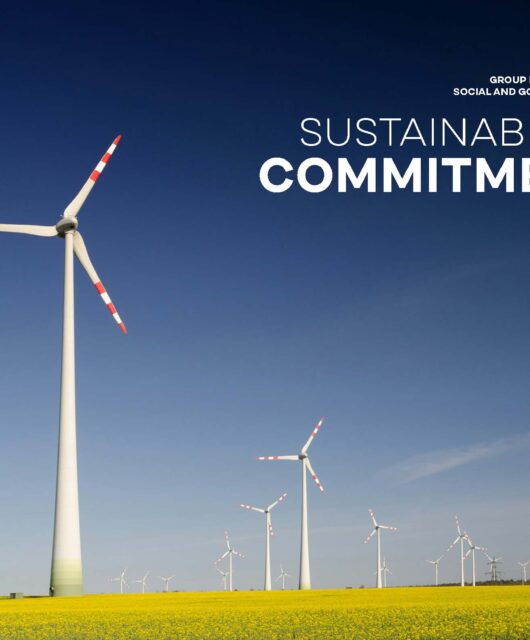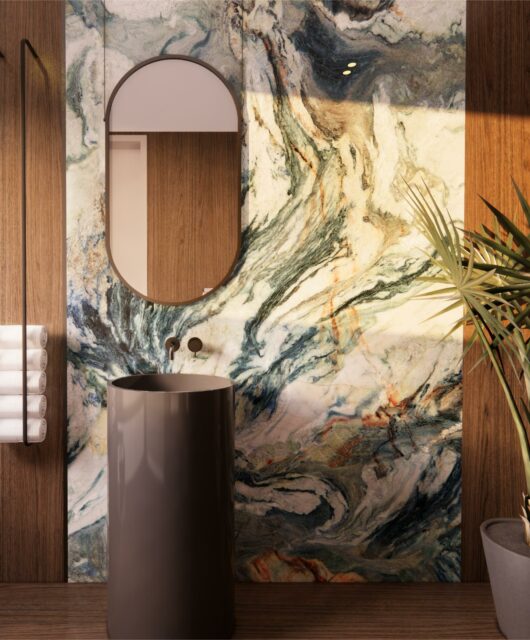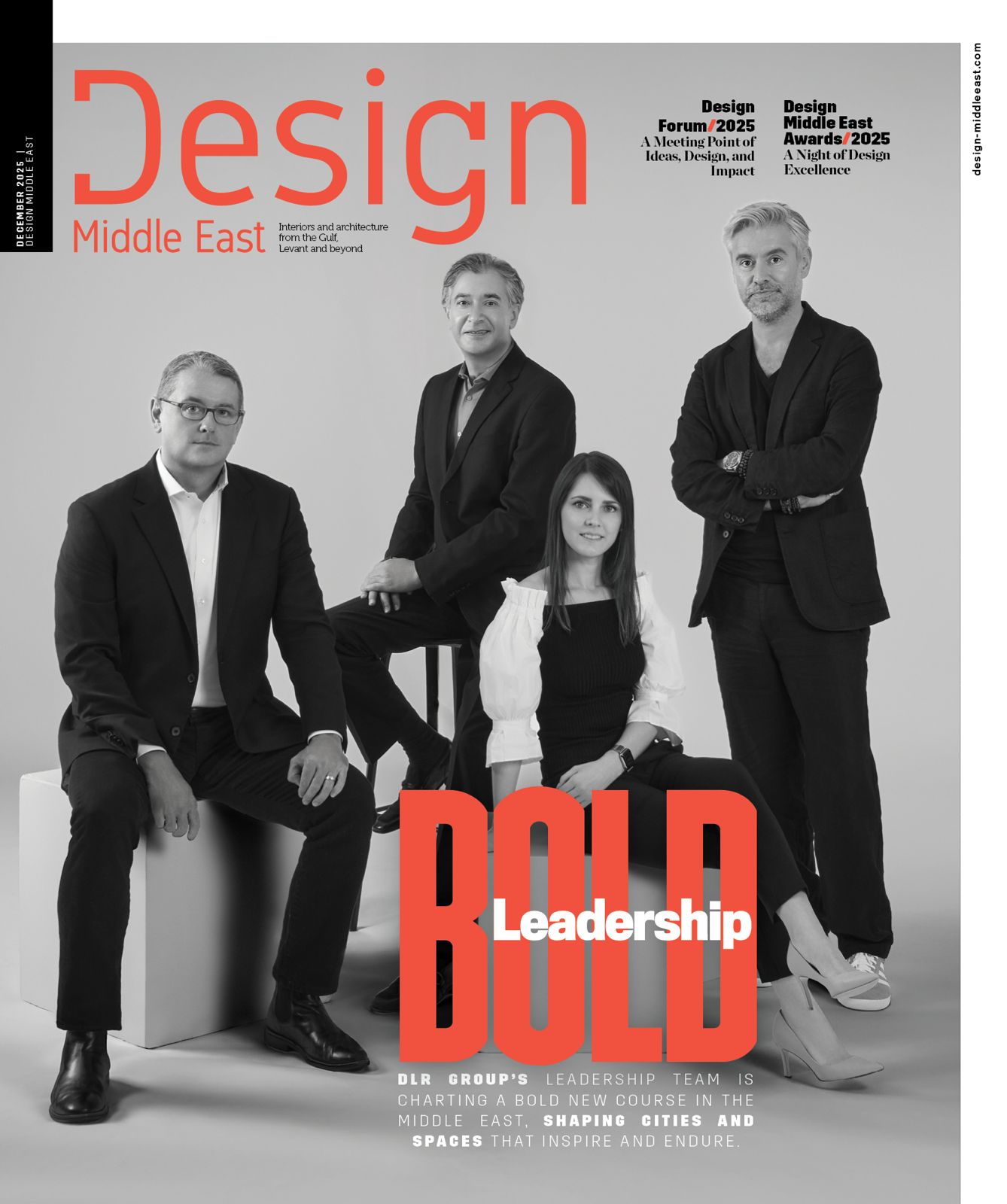Nithin Gangadharan’s Vision: Luxury, Sustainability, and Mentorship at Aujan Interiors
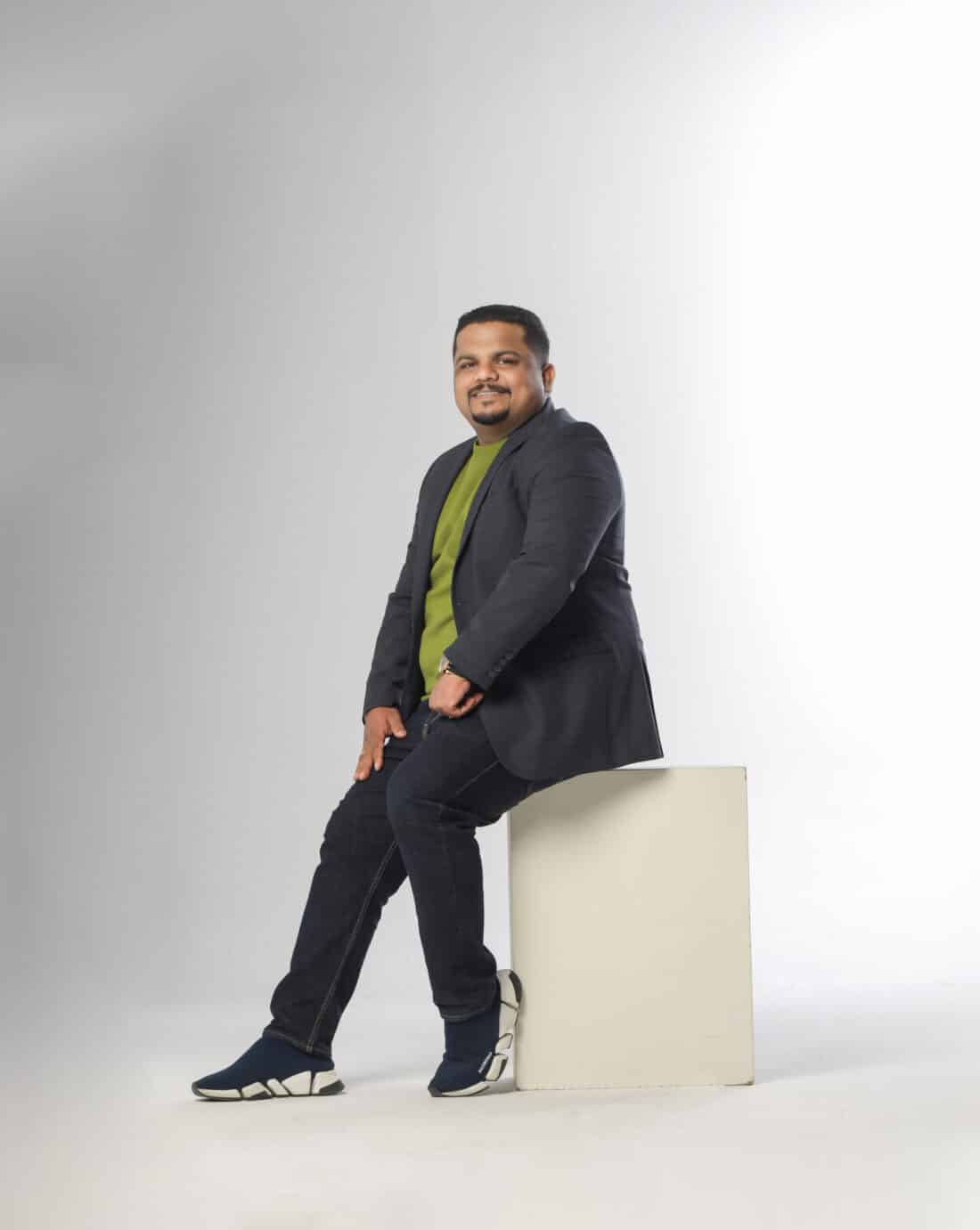
From luxury fit-outs to mentoring future talent, Nithin Gangadharan, CEO of Aujan Interiors, shares his vision for sustainable design and strategic collaborations. He discusses overcoming challenges, expanding into wellness, and balancing leadership with innovation.
By Roma Arora
1.What new personal or professional goals are you focusing on as you move forward in your career?
My primary goal is to continue driving innovation within the fit-out industry, focusing on sustainable design and efficient project delivery. On a personal level, I aim to grow as a mentor, guiding emerging talent to navigate the complexities of entrepreneurship and the creative industry. For example, I recently initiated a mentorship program within Aujan Interiors to help junior designers and project managers develop their skills and confidence.
Professionally, I am also keen on diversifying my investments into areas that complement my core businesses, like luxury furniture and wellness-oriented spaces. These efforts aim to bridge creativity with functionality, creating spaces that resonate with people.
2. Are there any upcoming ventures or projects you’re particularly excited about?
Absolutely! I’m particularly excited about a Luxury Boutique Hotel being built on a private island in Abu Dhabi. This project combines luxury, comfort, and nature in a stunning location.
The private island allows us to create something truly unique—beautiful suites, private villas, amazing dining spaces, and top-notch wellness facilities, all designed to offer an unforgettable experience.
What makes this project special is the focus on blending the design with the natural beauty of the island while also using sustainable practices to protect the environment. It’s a privilege to work on something that will showcase Abu Dhabi as a luxury destination and leave a lasting impression on its visitors.
3. What kind of collaborations or strategic partnerships are you looking to explore next?
I am always looking for partnerships that align with sustainability, innovation, and customer-centric design. Collaborations with material suppliers who focus on eco-friendly and recyclable materials are particularly interesting to me. For instance, in one of our recent projects, which is a restaurant, we worked with a supplier specializing in reclaimed wood, which added character to the project while being environmentally responsible.
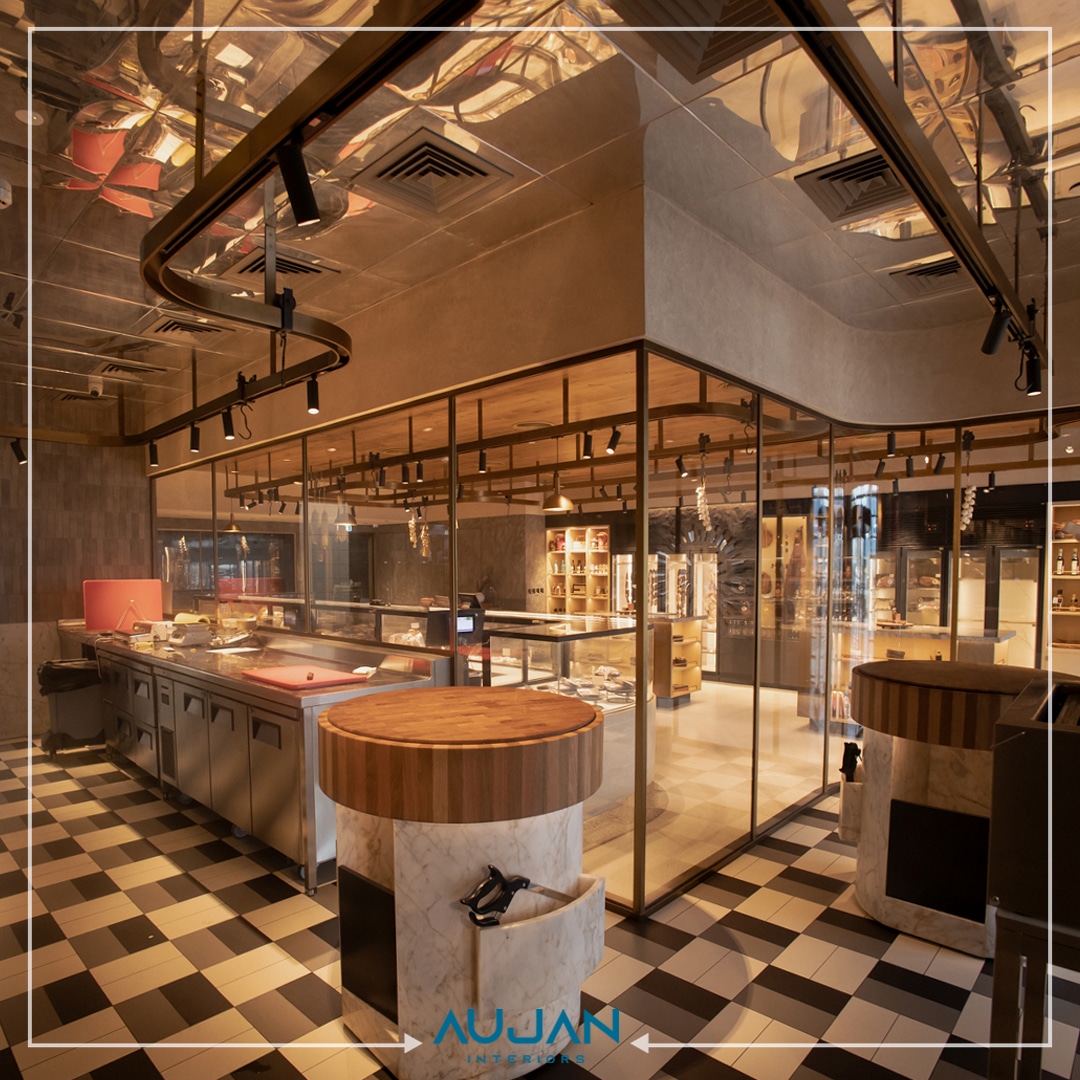
Additionally, I see great potential in partnering with tech companies to bring smart solutions into interior spaces. Integrating IoT (Internet of Things) in fit-out projects could revolutionize how spaces are used and experienced.
4. How do your investments in luxury furniture (Couchly) and air-ambulance services (Qwiklif) align with your vision for the fit-out industry?
Both investments reflect my broader vision of combining innovation with impact. Couchly, for instance, enhances our fit-out projects by providing bespoke, high-quality furniture that complements the interiors we design. A recent example is our work in Capital, a commercial office space where we integrated Couchly’s custom pieces to create a cohesive and functional workspace.
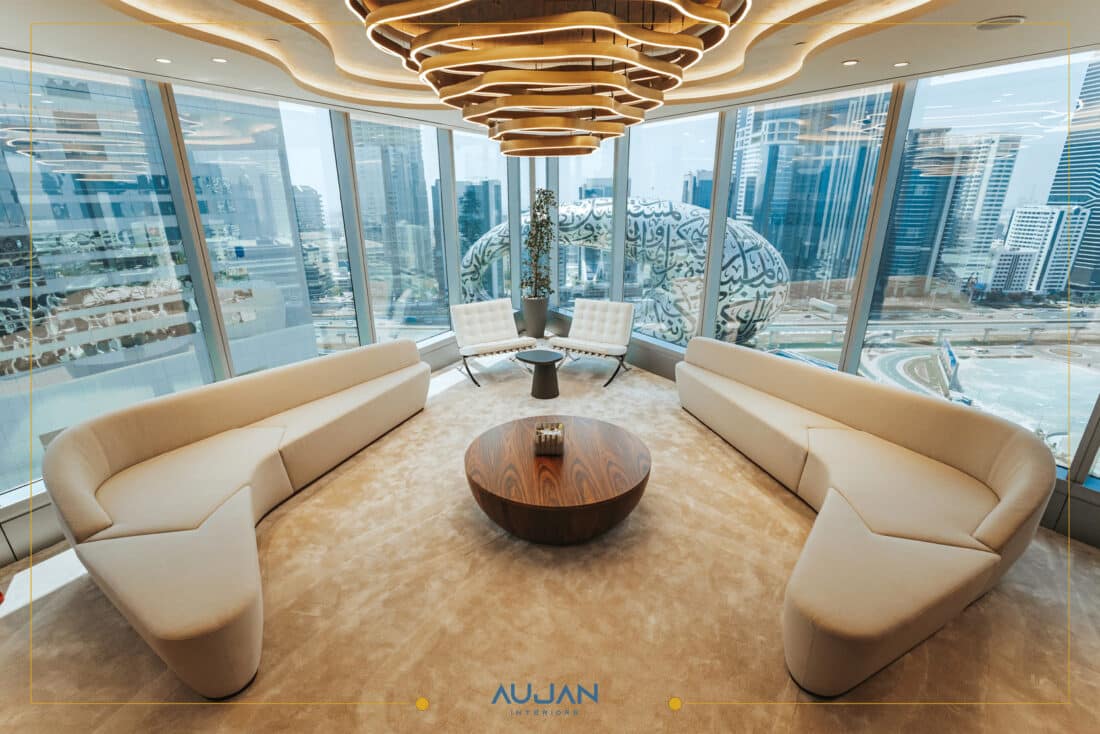
Qwiklif, though in a different sector, aligns with my commitment to providing solutions that genuinely save lives. While it’s not directly related to fit-outs, the focus on efficiency and problem-solving mirrors the principles we apply in our design and construction processes.
5. What are some of the challenges you foresee in the industries you’re currently involved in, and how do you plan to tackle them?
One of the biggest challenges is the rising cost of materials and labor, which impacts project budgets. For example, in our project, we faced fluctuations in raw material costs but overcame this by optimizing the design and using alternative materials without compromising quality.
Another challenge is the increasing demand for sustainable practices, which requires us to rethink traditional methods. To tackle this, we are integrating energy-efficient systems and green building materials in all our projects.
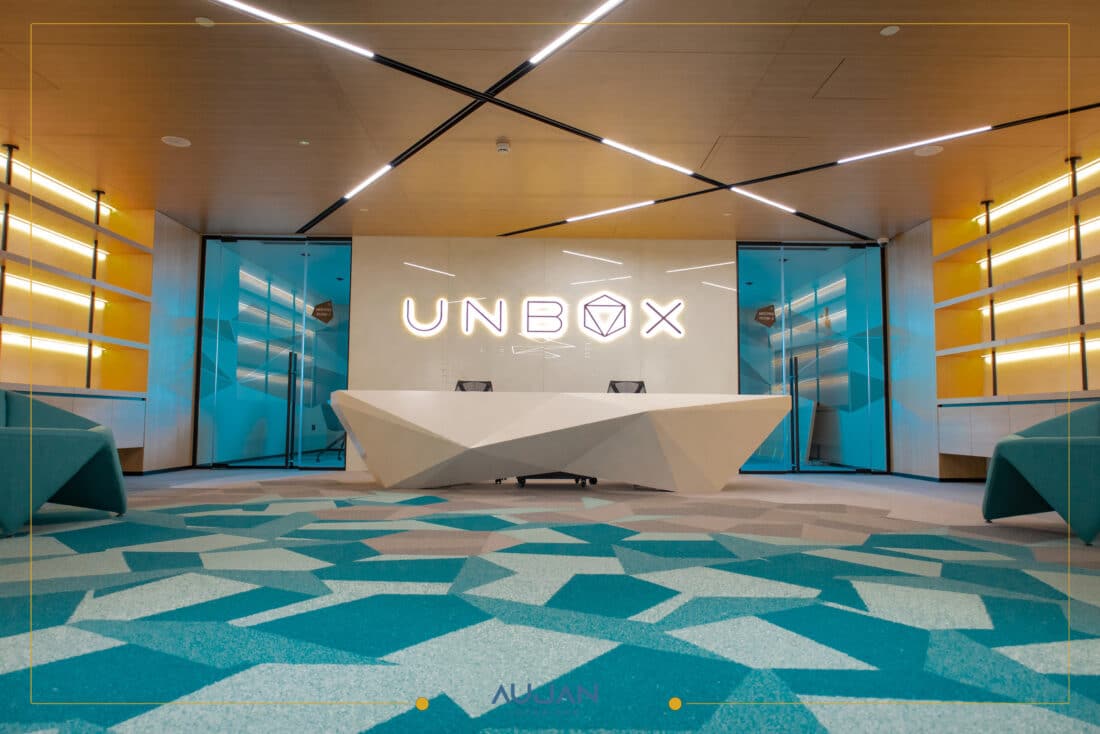
6. How has your involvement in hospitality projects like Hawa Mahal Restaurant influenced your design approach in the fit-out sector?
Hospitality projects like Hawa Mahal Restaurant have taught me the importance of storytelling in design. The restaurant’s concept revolves around the grandeur of Rajasthani architecture, and every element, from the intricate carvings to the warm color palette, was carefully curated to reflect that story.
This approach has influenced how we design other spaces, ensuring that every project has a unique narrative that resonates with its users. Whether it’s a luxury restaurant or a functional office space, we strive to create environments that leave a lasting impression.
7. Are there any industries or concepts you’re considering venturing into that differ from your current portfolio?
Yes, I am exploring wellness-oriented spaces and green building initiatives. These sectors align with the growing demand for spaces that prioritize health and sustainability. For instance, we are in the early stages of designing a wellness retreat that combines biophilic design principles with modern amenities to promote relaxation and well-being.
Additionally, I’m considering venturing into education spaces, such as designing innovative schools and learning centers. These projects would allow us to impact future generations by creating environments that foster creativity and learning.
8. How do you approach mentoring the next generation of entrepreneurs, and what impact do you hope to leave behind?
I believe that mentoring is about sharing experiences, both successes and failures, to provide a realistic perspective. At Aujan Interiors, I’ve implemented a program where young designers and managers work closely with senior professionals to learn the nuances of the industry.
My goal is to inspire the next generation to embrace innovation and sustainability while maintaining ethical business practices. I hope to leave behind a legacy of excellence, where the people I’ve mentored continue to push boundaries in their respective fields.
9. How has your vision evolved since the founding of Aujan Interiors, and what drives your leadership today?
When I founded Aujan Interiors, the vision was to deliver high-quality fit-out solutions. Over the years, that vision has expanded to include sustainability, innovation, and a customer-first approach. Today, I am driven by the desire to make a positive impact, not just through our projects but also through the relationships we build with clients, partners, and employees.
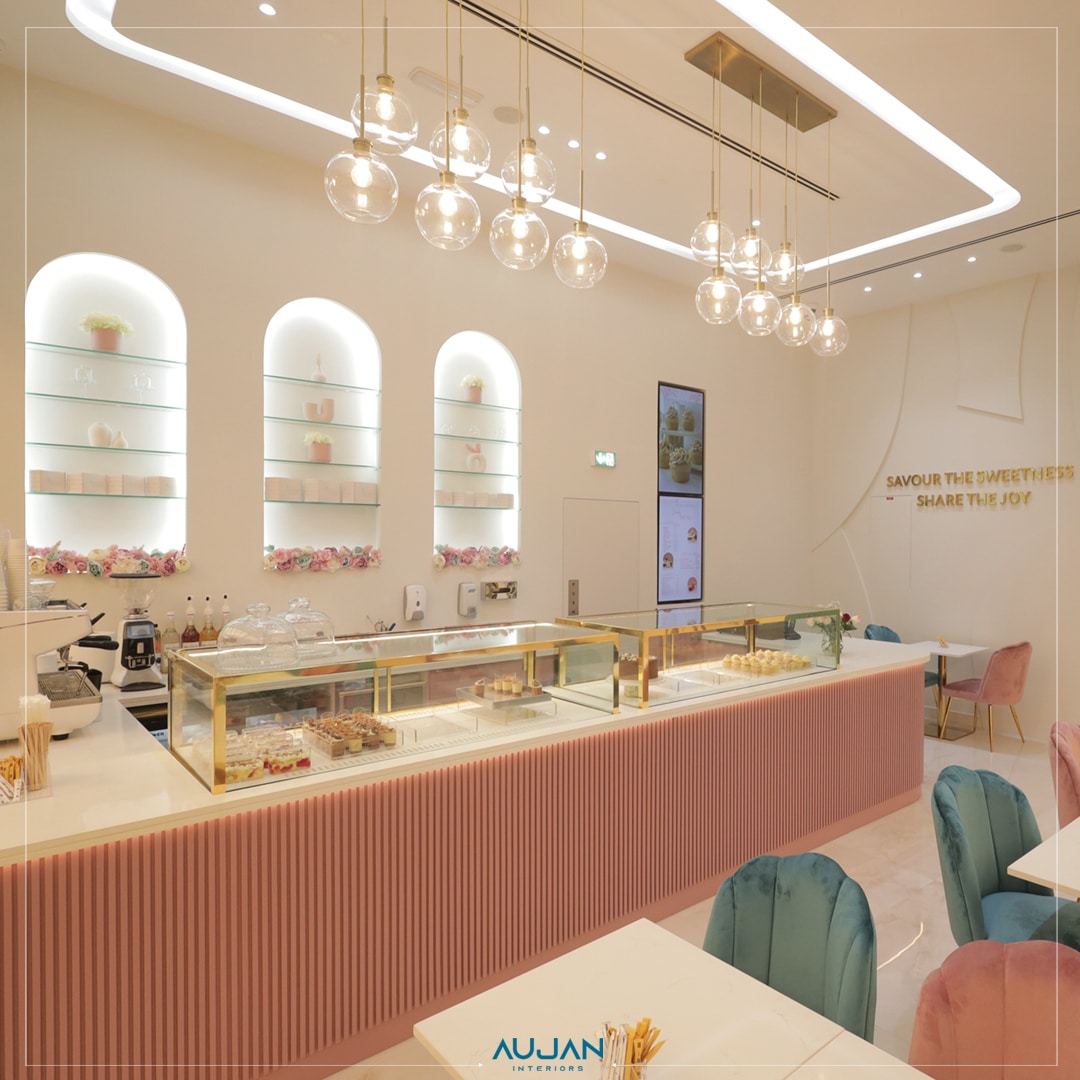
For example, our recent success with the WePlay project, which won the DME Awards for Best Fitout for Kids Play, reflects our commitment to excellence and creativity. Achievements like these motivate me to continue pushing the limits of what’s possible in the industry.
10. How do you manage to balance multiple roles as a co-founder, managing director, and investor across various industries?
Balancing multiple roles requires effective time management and delegation. I focus on setting clear goals and building strong teams that can take ownership of their respective areas. For instance, at Aujan Interiors, I have a leadership team that ensures smooth operations, allowing me to dedicate time to my other ventures like Couchly and Qwiklif.
It’s also important to maintain a sense of purpose. By aligning all my roles with my core values of innovation, impact, and excellence, I can stay focussed and motivated.
11. Are there any emerging technologies or design philosophies you’re currently exploring to enhance fit-out project delivery?
Yes, we are actively exploring Building Information Modeling (BIM) to streamline project planning and execution. BIM allows us to visualise projects in 3D, identify potential issues early, and ensure efficient resource utilisation. In addition, we are incorporating modular construction techniques, which not only reduce construction time but also minimise waste.

